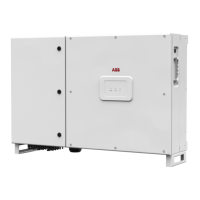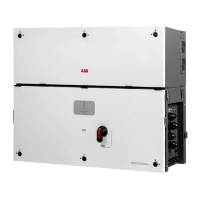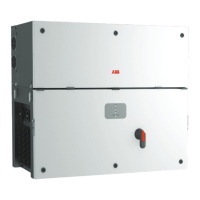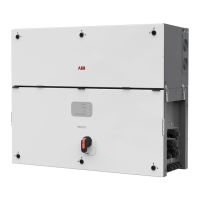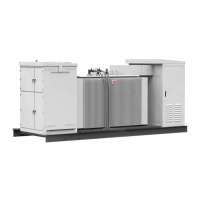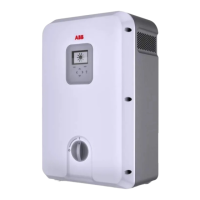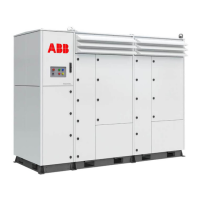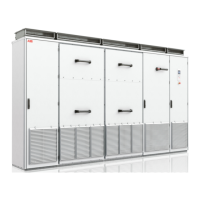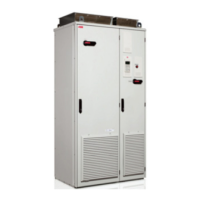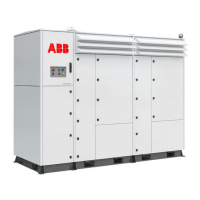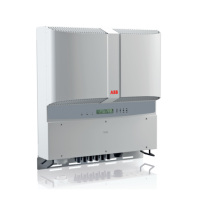What to do if my ABB PVS-50-TL Inverter is able to identify a wireless network but is unable to connect to it?
- JJeffrey DavisAug 6, 2025
Several factors can cause this. The signal between the inverter and the wireless router might be too weak. Try the following: * Modify the position of the wireless antenna, the inverter, or the router. * Ensure the inverter isn't near obstacles that could affect communication, such as metal cages or walls, reinforced concrete walls, or electromagnetic fields. * Move the router closer to the inverter. * Install a wireless signal repeater to extend the network and connect the inverter to the repeater. Also, if the wireless network requires a username and password for navigation (like a public network), the inverter cannot connect to it. Use an alternative wireless network in this case.
